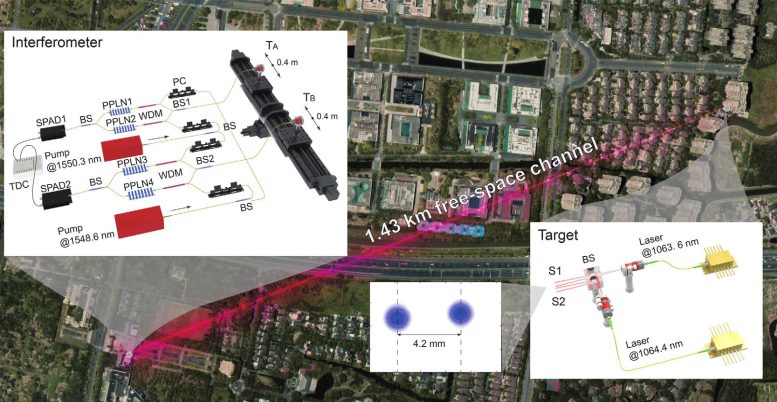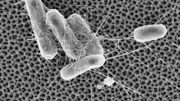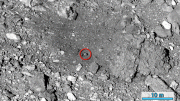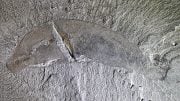Interferometers are widely used in various high spatial resolution imaging techniques to extend the diffraction limit. However, the conventional interferometric methods only work when the photons have the same wavelength.
Researchers from the University of Science and Technology of China (USTC) of the Chinese Academy of Sciences built a chromatic intensity interferometer with a periodically poled lithium niobate waveguide (PPLN) and successfully measured two very close laser sources of different wavelengths. This work was published in Physical Review Letters.
In 2016, Frank Wilczek, a Nobel Prize winner, and his colleagues theoretically proposed that photons of different wavelengths could enter the detector to interfere and extract the phase information through introducing a color erasure detector, which was based on the frequency conversion into an intensity interferometer. This new technique was then named chromatic intensity interferometry.
Subsequently, Prof. Jian-Wei Pan’s group built single-photon detectors with the PPLN waveguide created by Jinan Institute of Quantum Technology. Based on that, they demonstrated the intensity interference technique in the laboratory (Physical Review Letters 123, 243601 (2019), Optics Express 28, 32294 (2020)).
To verify the high spatial resolution imaging of the chromatic intensity interferometry, researchers carried out a series of field experiments. By using two pump lasers of different wavelengths (1063.6 nm and 1064.4 nm respectively) to pump a pair of parallel PPLN waveguides, they realized color erasure detectors that could not distinguish between photons of 1063.6 nm and 1064.4 nm.
With the two detectors, they installed two telescopes to build an intensity interferometer with a baseline length of 80 cm. After measuring the distance between two laser sources separated by 4.2 mm at a distance of 1.43 km by telescopes, they proposed a phase-fitting method to obtain the angular distance between the two laser sources. Surprisingly, the results surpassed the diffraction limit of a single telescope by about 40 times, proving that the chromatic intensity interferometry had a higher spatial resolution.
With the multi-wavelength setting, this technique expands the application of intensity interferometry to diverse fields such as the astronomical observation, space remote sensing, and space debris detection.
Reference: “Improved Spatial Resolution Achieved by Chromatic Intensity Interferometry” by Lu-Chuan Liu, Luo-Yuan Qu, Cheng Wu, Jordan Cotler, Fei Ma, Ming-Yang Zheng, Xiu-Ping Xie, Yu-Ao Chen, Qiang Zhang, Frank Wilczek and Jian-Wei Pan, 31 August 2021, Physical Review Letters.
DOI: 10.1103/PhysRevLett.127.103601










Be the first to comment on "Chromatic Intensity Interferometer: High-Spatial-Resolution Interferometry Enters the Multi-Wavelength Era"